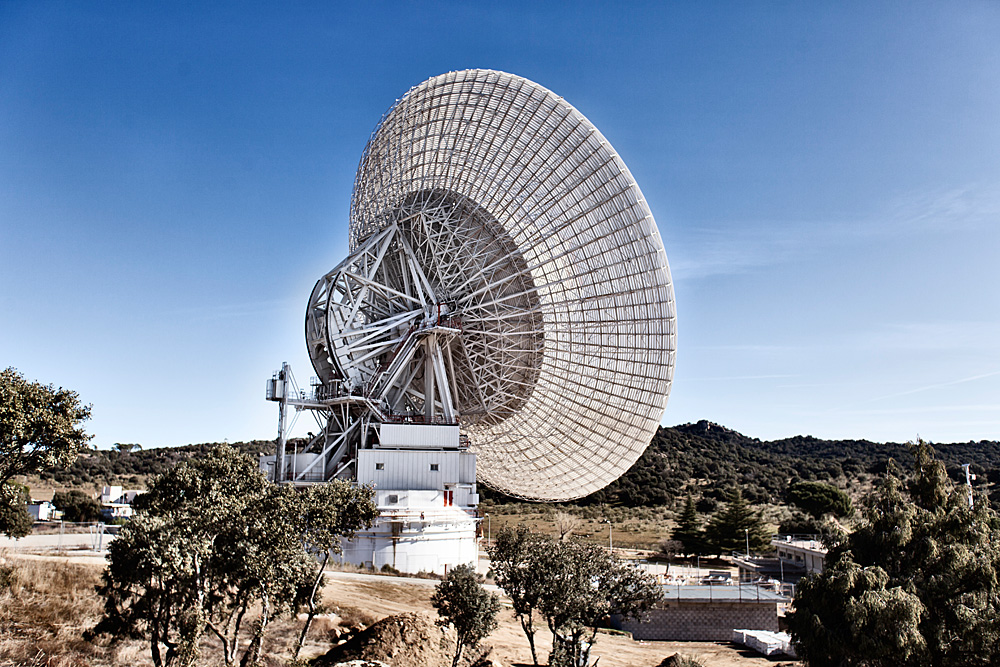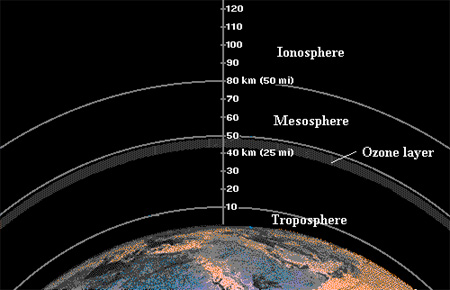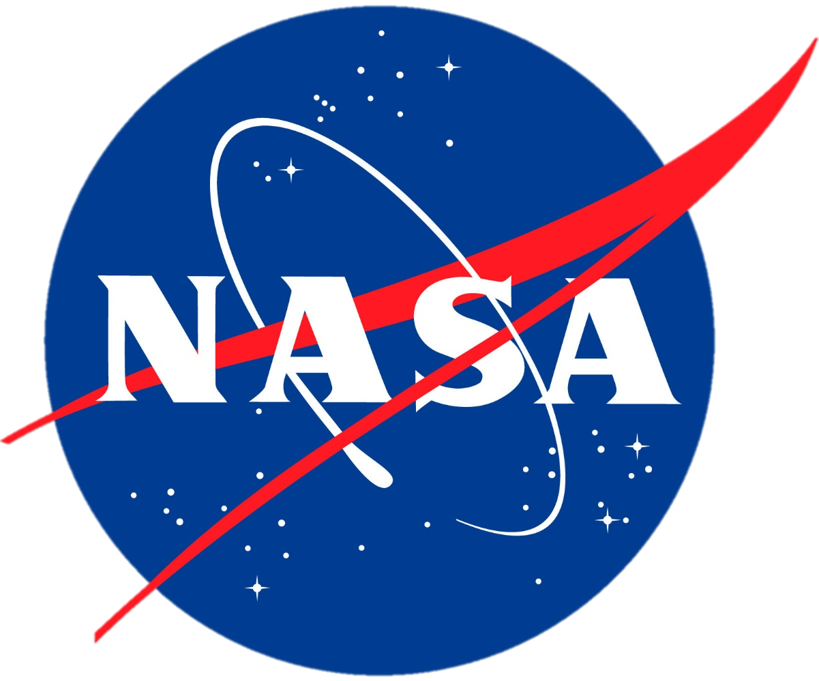TYPICAL SYSTEMS OF A COMMUNICATION STATION
The set consisting of an antenna and its linked equipment forms a Space Station Communications (Deep Space Station), identified by its acronym, DSS, and followed by a numeric code.
At MDSCC there are the following six stations: DSS-61 (34m diameter), DSS-63 (70m diameter), DSS-65 (34m diameter, high efficiency antenna), DSS-66 (26m diameter), DSS-54 and DSS-55 (both with 34m of diameter, periscope-type antenna).
In late 1999 DSS-61 was deactivated, and in February 2001 NASA transferred the antenna to create the PARTNeR Project. It is now used as a radio telescope for educational purposes. The DSS-66 antenna officially ceased its operations at the end of September 2008, having successfully completed numerous missions both manned and unmanned.

The stations communicate with the space vehicles through radio waves, which are used to carry messages in both directions. The radio waves used for space communications belong to the region of the microwave whose frequency range is between 30 and 100,000 MHz, and its speed of propagation is the same to that of light, 300.000 km/s.
Received messages can contain television signals, data from measurements made by the scientific instruments on board the vehicle, such as temperature sensors, radiation, magnetic fields, etc… And information that allows us to know the functioning of the instruments that control navigation and engineering of the vehicle itself, such as computers, receivers, transmitters, antennas, power generation systems, etc.
These messages use a binary language, and therefore they are series of ones and zeros, turned into electrical impulses, carried by radio waves.
Communications to and from Earth must go through a layer of the atmosphere, located between 113 and 400 km, which is formed by large concentrations of ions and free electrons; it is what we call the ionosphere. This layer acts as a screen and a filter for a large part of the electromagnetic spectrum. Fortunately, it has two windows: one for the visible spectrum frequencies and the other one for the microwaves.
We have selected some of the most outstanding elements and devices of this complex, which are the following six:

- Large surface Antennas.
- Special receiver for weak signals and for frequencies in constant variation.
- High power transmitters.
- Methods of encoding information to detect and correct errors.
- Frequency patterns of very high stability.
- Terrestrial communications systems.
